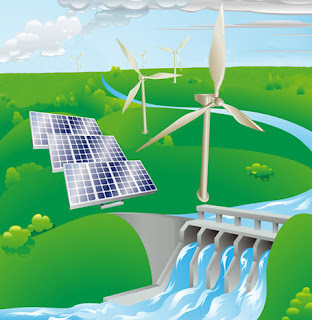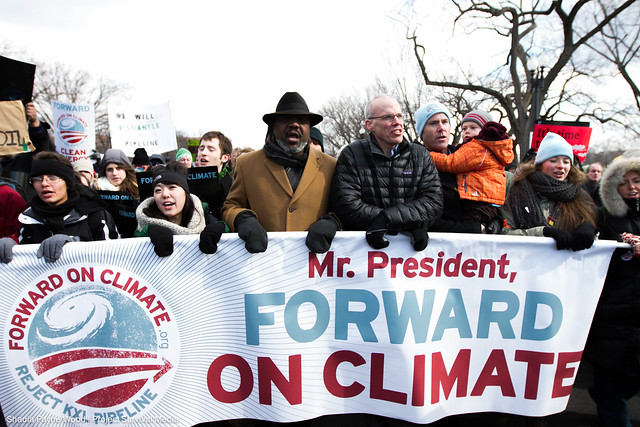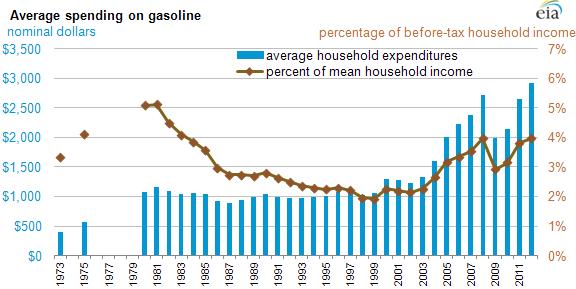Living in an energy-efficient home makes you almost one-third less likely to default on your loan payments, according to a study released yesterday from the Institute for Market Transformation (IMT) and the University of North Carolina, Chapel Hill.
If banks include this factor when deciding on prospects, a home that shrinks your energy bills could also cut your mortgage rate.
If banks include this factor when deciding on prospects, a home that shrinks your energy bills could also cut your mortgage rate.
The report controlled for factors like the size of the home, its age, the borrower’s credit score, local unemployment rates, local climate and energy prices. Researchers paid special attention to loans that originated after 2006 and the types of loans disbursed to factor in the housing market collapse.
It turns out that Energy Star homes are 32 percent less likely to go into default. “We were expecting a number like 18 to 20 percent, to be honest,” Sahedi said. In fact, default risks go down as a home’s score on the Home Energy Rating System index goes up. Energy-efficient homes are also 25 percent less likely to prepay their loans, meaning lenders will make more money.
Home Energy Efficiency and Mortgage Risks – This is a PDF of the actual report.
http://www.imt.org/resources/detail/home-energy-efficiency-and-mortgage-risks – This is a webpage summarizing the report.






























